After more than a decade in IT and AI, I’ve learned one core lesson: Most companies dramatically underestimate a fundamental shift. They adopt AI – but they don’t think with it.
1. Many adopt tools – few change their mindset
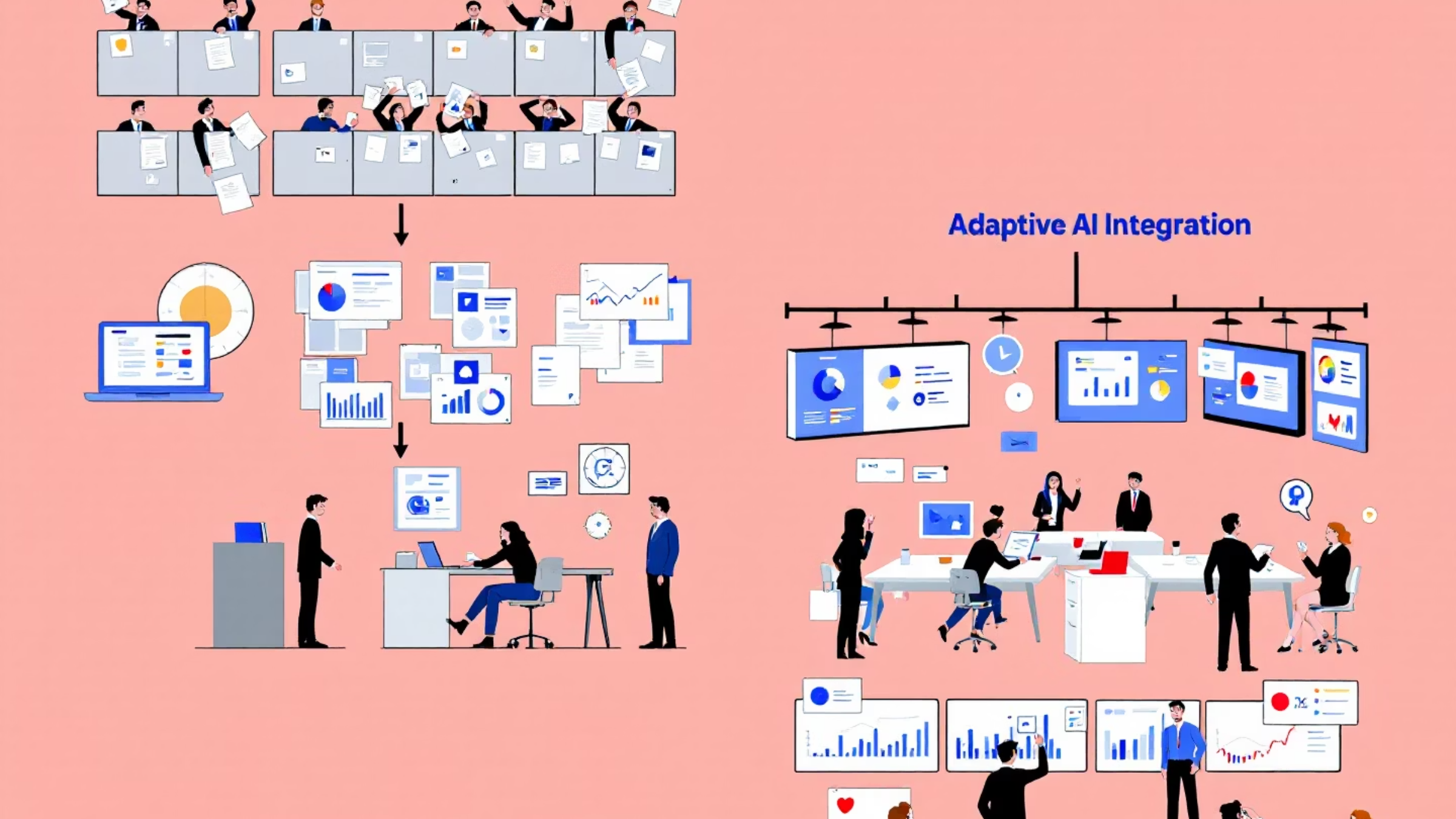
Today, adopting AI tools is simple.
From chatbots to automation and analytics – tech is accessible and scalable.
But in my consulting work, I keep seeing the same pattern:
The tools are there, but nothing changes. Why?
Because the mindset hasn’t shifted.
The question shouldn’t be where to apply AI.
It should be: How does AI reshape the way we make decisions, build processes, and create innovation?
2. Tools don’t solve structural issues
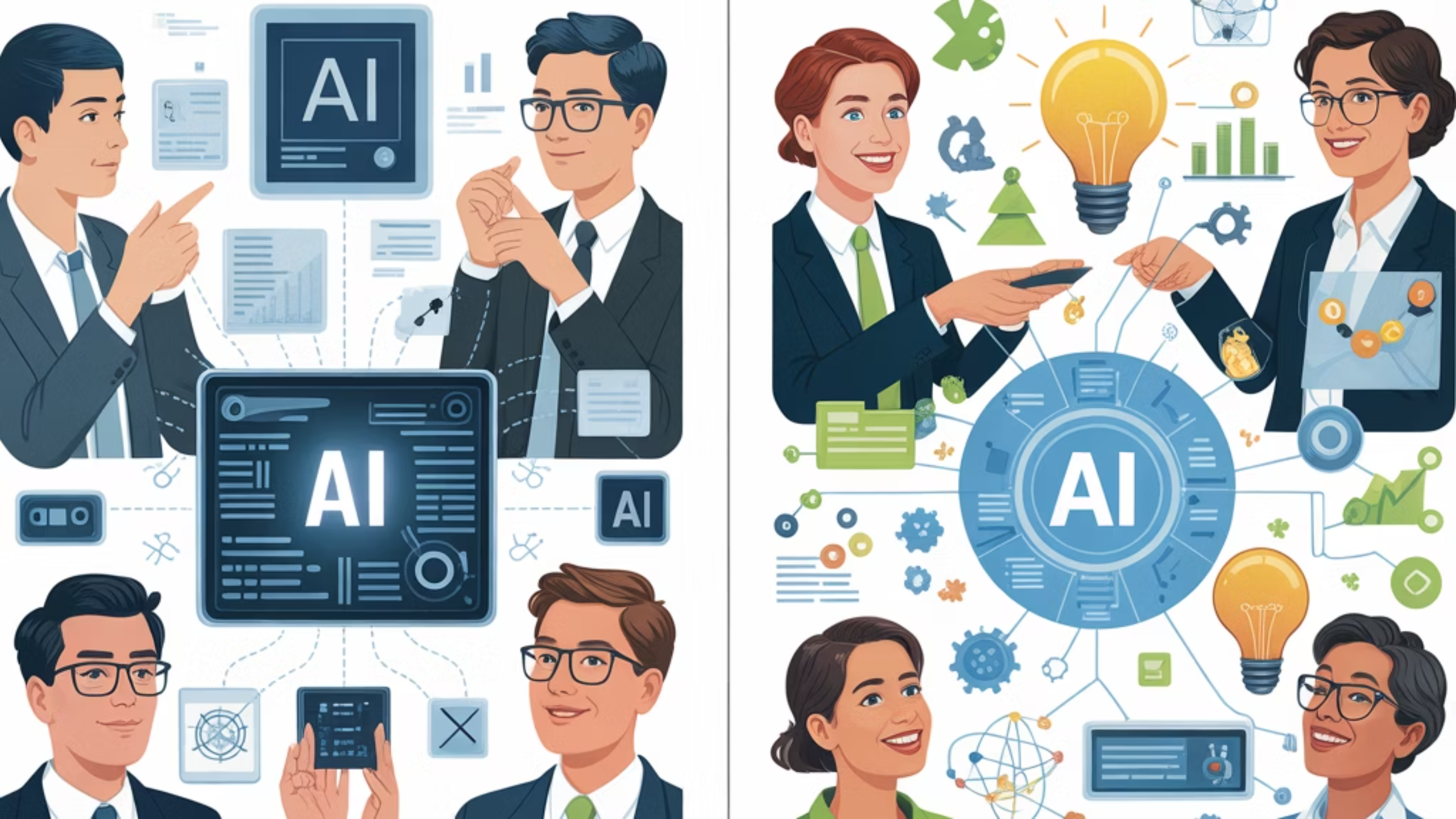
Using AI like just another tool in your toolbox means you remain stuck in old frameworks.
Take this example:
A sales team adopts AI lead scoring – but the same funnel, metrics, and KPIs remain.
What happens? Tiny improvements, maximum disappointment.
If you treat AI as a helper, you’re just shifting problems around.
You’re not solving them.
3. AI as thought partner – not an add-on
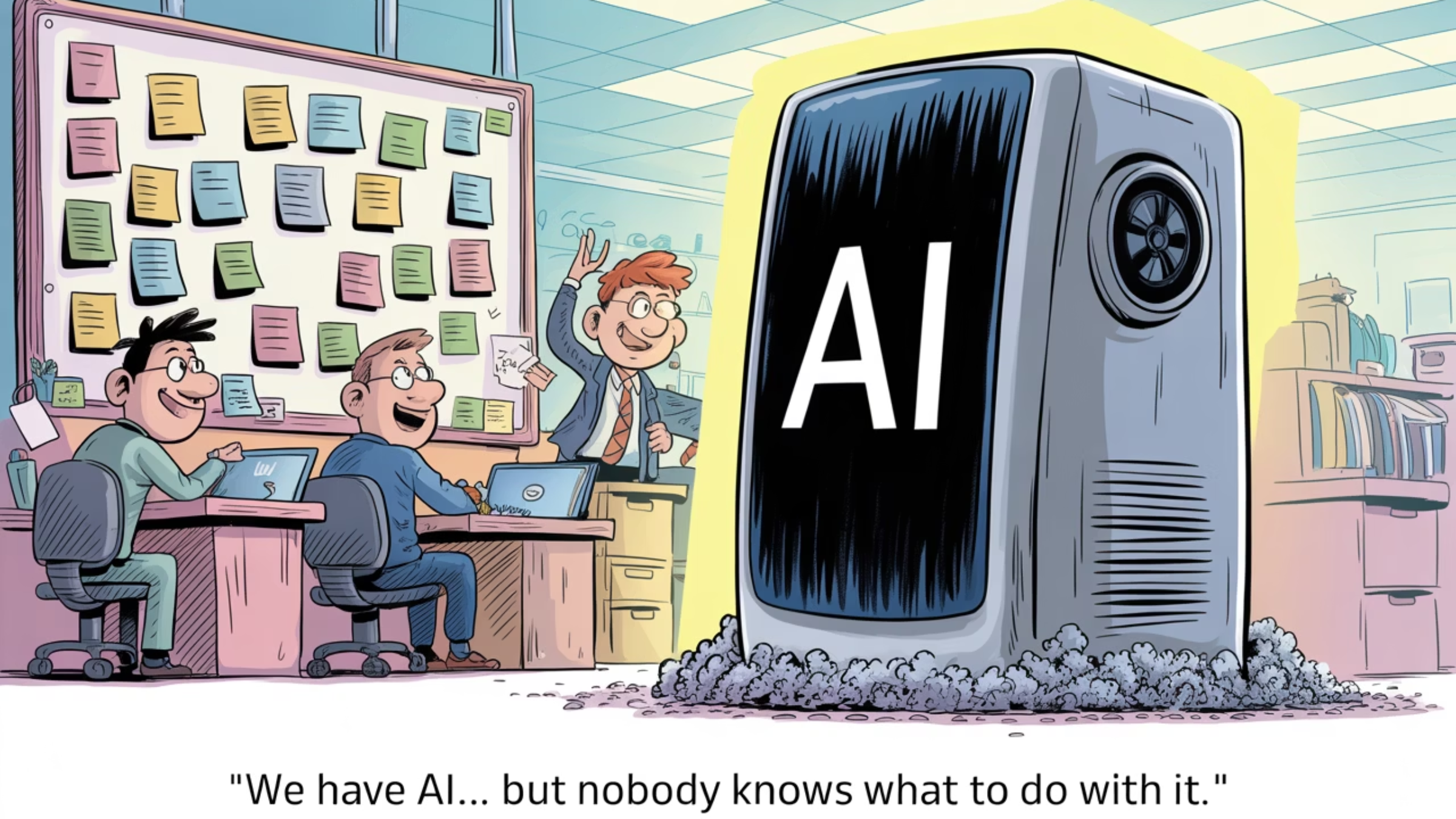
The real power of AI emerges when you treat it as a thinking partner.
Not a project. Not a feature.
But a core element of strategy and daily decision-making.
This means:
-
Decisions are co-developed with AI input
-
Processes are redesigned with AI capabilities in mind
-
Teams are trained to reason with AI, not just operate it
That changes everything – from innovation speed to organisational learning.
4. Early movers gain unfair advantages
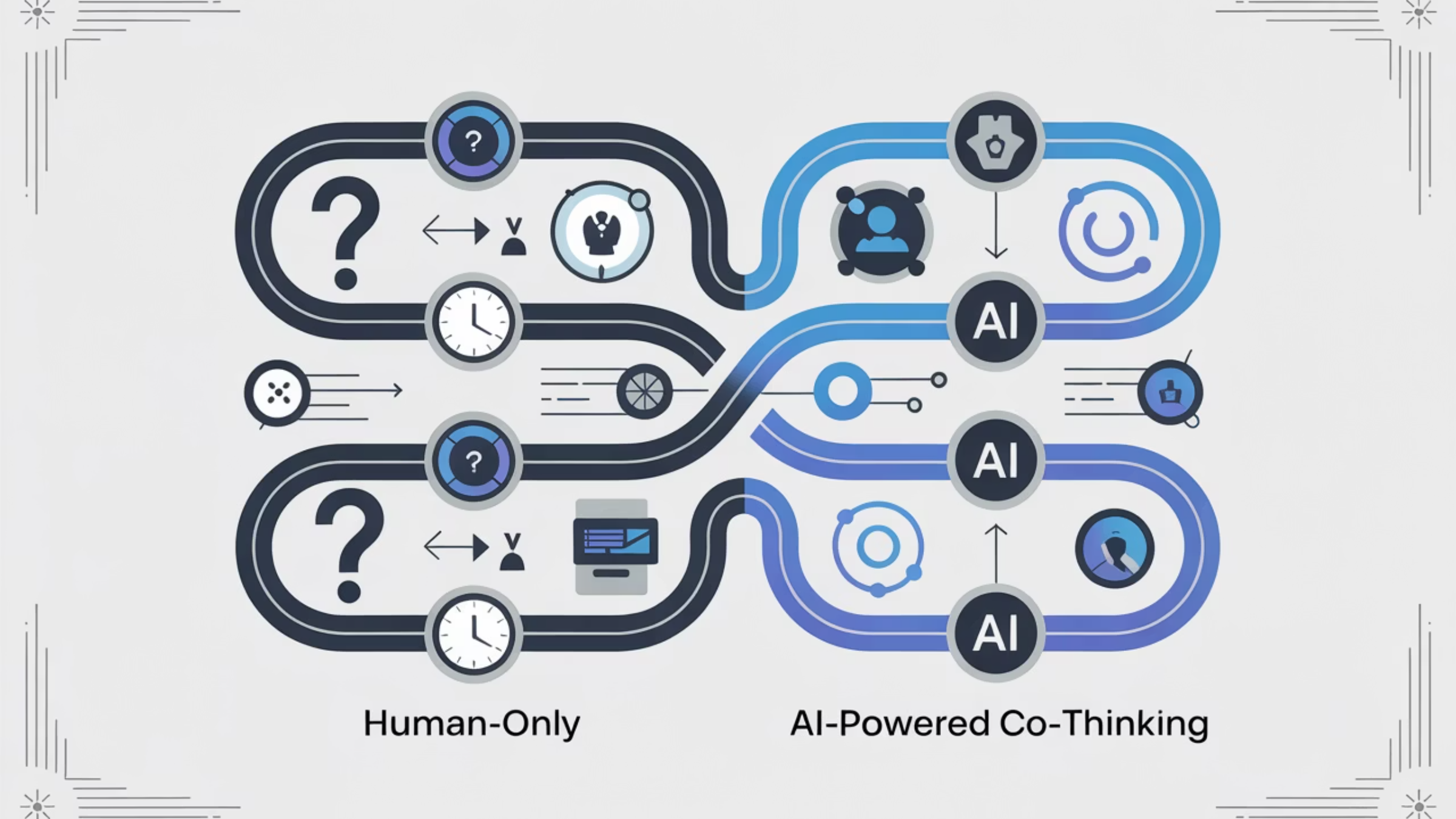
Organizations that structurally think in AI redefine their operational DNA:
In my projects, I’ve seen it:
Early movers don’t just gain a tech edge – they build an organizational moat.
Late movers? They’ll soon just be playing catch-up.
5. Thinking structures are tomorrow’s bottleneck
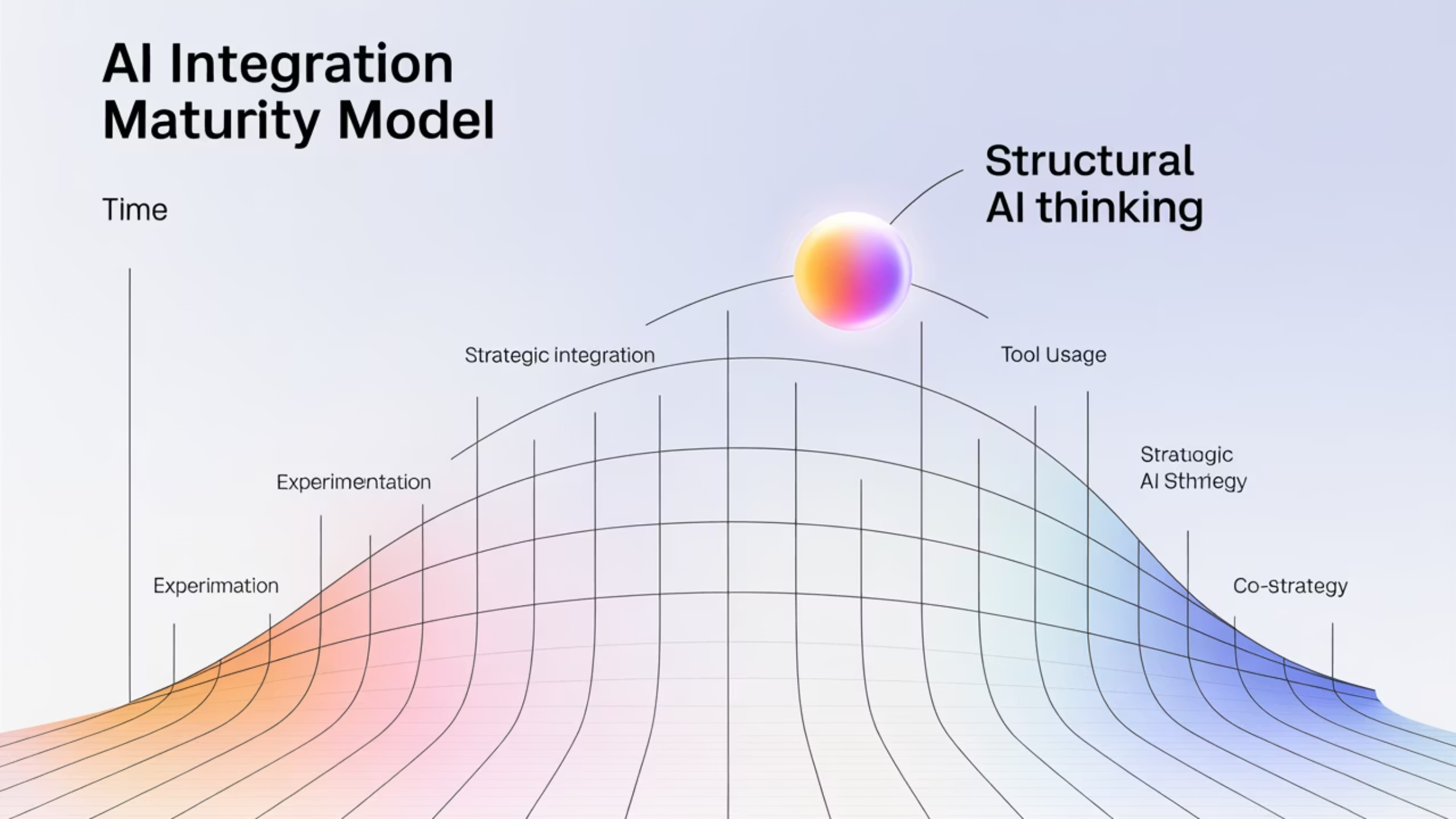
Tech will evolve fast.
AI will become a commodity – but strategic thinking will not.
The next real differentiator won’t be access to AI.
It’ll be how companies think with it.
6. Ask better questions: Think with, not just use AI
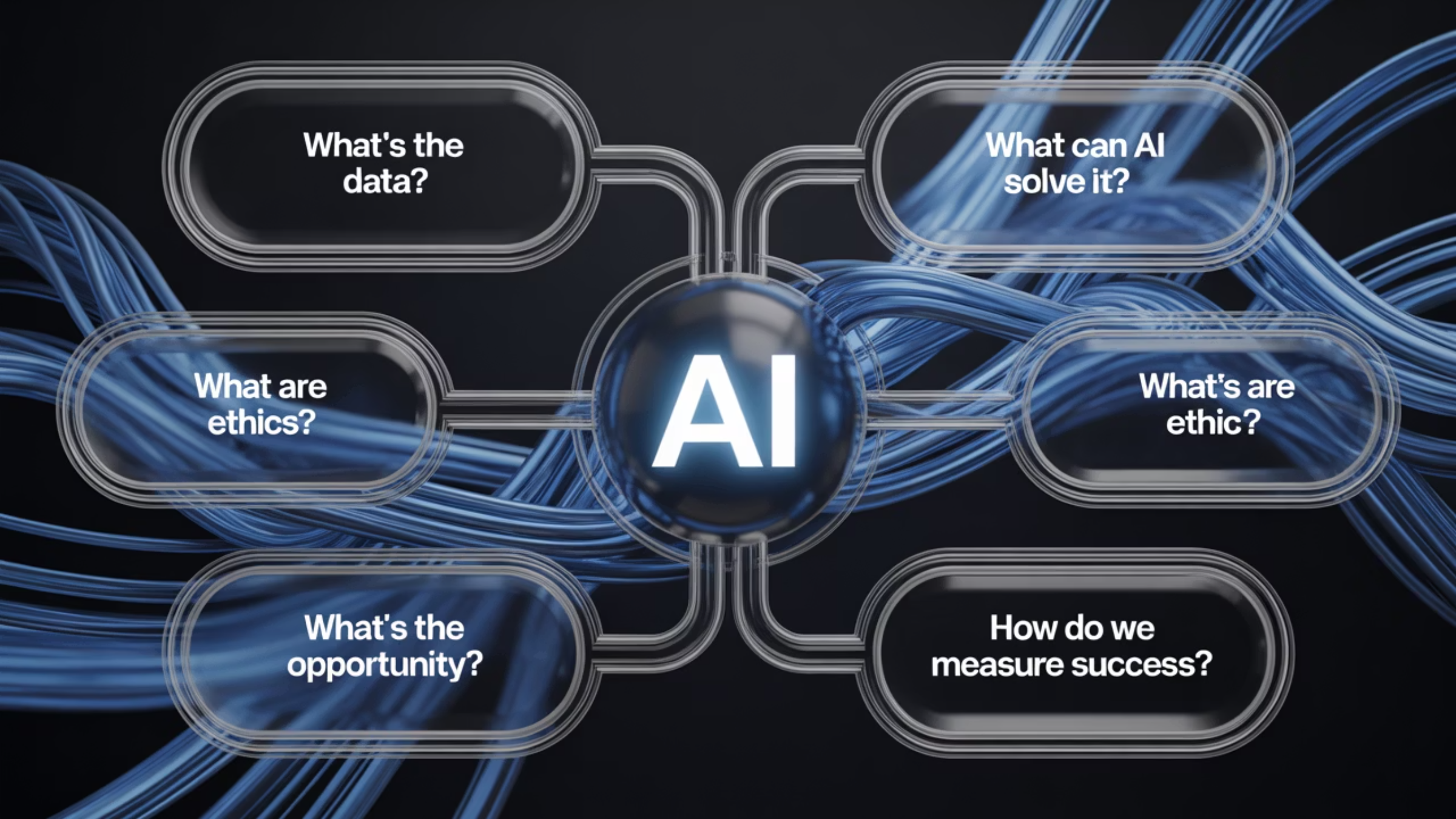
This is the moment where innovation begins: with a better question.
Not:
“Where should we use AI?”
But:
“What would our company look like if AI co-thought with us at every step?”
That’s the difference between staying relevant – or becoming irrelevant.
7. Your perspective?
The future belongs to companies that treat AI not as a layer, but as a co-strategist.
Deeply embedded. Fundamentally transformative.
Which organizations do you think are already ahead of the curve?
Let’s talk.
Download our White-paper 5 Steps to Successful AI Adoption